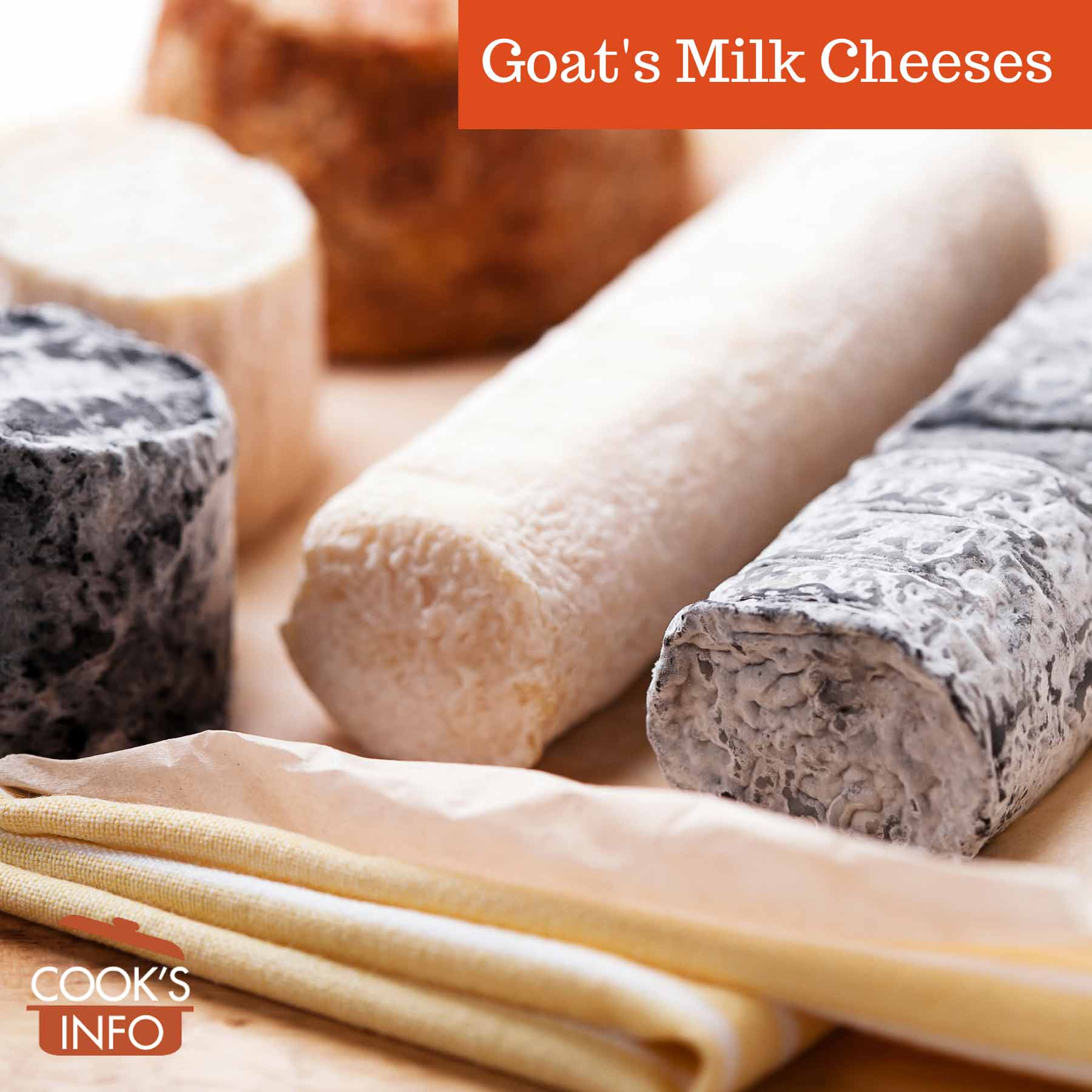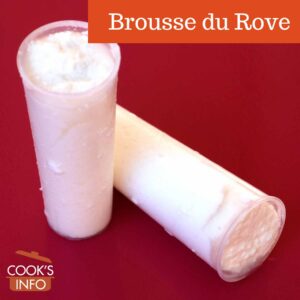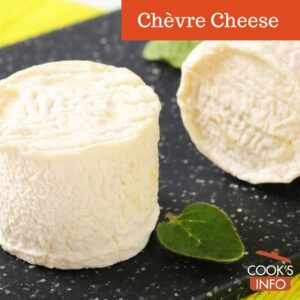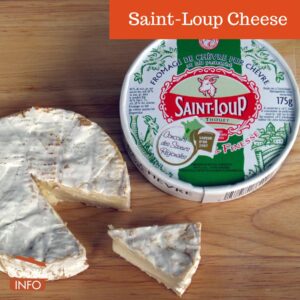
Goat’s Milk Cheeses. Supermimicry / Getty Images Signature via Canva Pro.
Goat’s milk cheeses are generally rindless, creamy cheeses, usually sold in log or round slice form, and often coated with something such as cracked pepper, herbs or even ashes.
Cheeses made from goat’s milk will taste slightly acrid, and certainly sharper and tangier than those made from cow’s milk. Some will even taste “goaty”, which not everyone likes.
Goat’s milk cheeses are more expensive because unlike cows, goats don’t produce milk year round. Saanen goats are particularly prized for their milk in cheese-making.
Goat’s milk cheeses haven’t been traditionally popular in English-speaking countries, which have preferred cow milk cheeses.
History Notes
In 2002, a Dr. Luigi Capasso (State University G. d’Annunzio in Chieti, Italy) analysed a piece of cheese that had been carbonized in Pompeii. He found that it was made of goat’s milk, and that it carried brucellosis, which was a disease of the joints very common in Roman times. His feeling is that it shows that goat’s milk cheese was a major source of the disease in the Roman Empire.
Literature & Lore
“Goat cheese produced a bizarre eating era when sensible people insisted that this miserable cheese produced by these miserable creatures reared on miserable hardscrabble earth was actually superior to the magnificent creamy cheeses of the noblest dairy animals bred in the richest green valleys of the earth.” — Russell Baker (American writer, 1925 – 2019)
Language Notes
Foodies often use the French name for goat’s cheese in general, which is “chèvres”.








